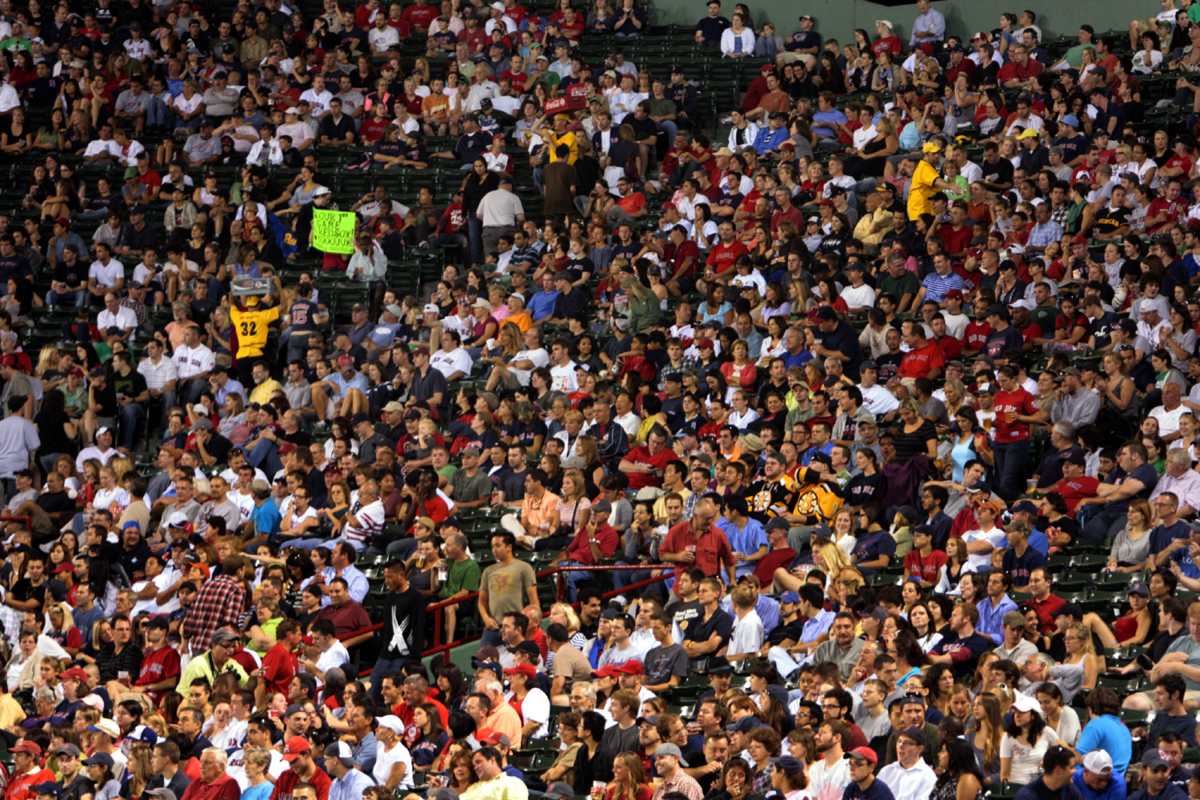
What is the typical movement behavior of visitors to large events, such as concerts, and what does this mean for the risk of spreading infectious diseases like COVID-19? A group of researchers from the Informatics Institute at the University of Amsterdam, together with an epidemiologist from the Utrecht University, set out to investigate using data from events in a large stadium in Amsterdam. Their results have now been published in the journal Scientific Reports.
Following the outbreak of the COVID-19 pandemic, governments around the world responded with social distancing measures including the cancelation of events involving the gathering of large crowds. Although it is intuitively clear that crowded events present a high level of risk for the spread of an infectious disease like COVID-19, a lot depends on specifically how people move in crowds. Despite a large body of scientific research on both crowd dynamics and human mobility in the past decades, surprisingly little is known about human movement in the specific context of large, crowded events.
Read more...







